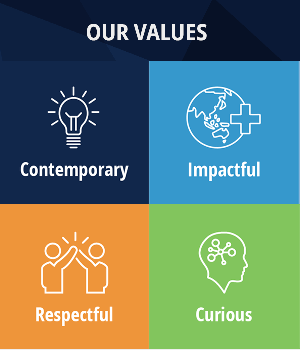The quality of the final product is the fundamental premise of PRINCE2. The methodology was created by the British Government in the late 1980s and the acronym stands for PRojects in Controlled Environments version 2.
The three main areas informing a project using PRINCE2 are:
- whether it will make money
- will customers find it valuable
- do we have what we need to make it happen.
Each stage has a specific team member and there is overarching project board that signs off on various phases of the project.
Amir Sargheiny, project management professional with Johnstaff Projects, says PRINCE2 can be imagined as a layer cake. The seven layers are:
- Startup: The project board puts together the project’s requirements and appoints a project manager.
- Initiation: The project manager writes a plan for the project (initiation document) and the project board signs off. The project is split into segments/phases.
- Direction: Management structure is determined; contingency plans are made.
- Control: The plan for each segment/phase is informed by a review of the preceding phase, allowing for some flexibility or movement in the original plan. Any changes are signed off by the project board.
- Boundary management: Is the product going out exactly as required?
- Delivery: This is where the project manager makes sure that all approvals are finalised and everyone is doing something necessary for the project’s final stage.
- Closing: The in-depth review of the process after the project has finished.
PRINCE2 is popular in government projects, situations when nothing can go wrong and where there needs to be lots of scrutiny.
However, it can cause bottlenecks because of the need to have so many parts of the project reviewed and signed off.












